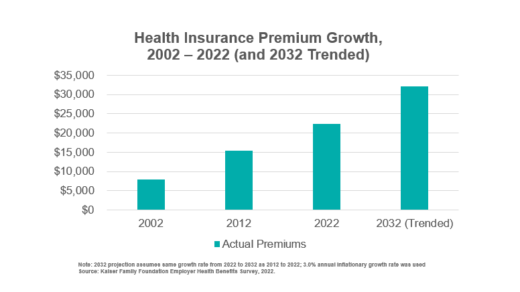Introduction:
Dental emergencies can arise unexpectedly, causing pain, discomfort, and anxiety. Knowing how to respond promptly to dental issues is crucial for minimizing potential damage and ensuring optimal oral health. In this article, we will explore the importance of emergency dental care, common dental emergencies, and the steps individuals can take when faced with urgent dental situations.
Understanding Dental Emergencies:
A dental emergency is any situation that requires immediate attention from a dental professional to alleviate pain, prevent further complications, and preserve oral health. Common dental emergencies include:
- Severe Toothache: Intense and persistent toothaches may be indicative of underlying issues such as infection, decay, or trauma.
- Chipped or Broken Teeth: Accidents or injuries can result in chipped or broken teeth, exposing nerves and causing pain.
- Knocked-Out Tooth: A knocked-out tooth requires immediate attention, as the chances of successful re-implantation decrease rapidly after the incident.
- Lost Filling or Crown: The loss of a dental filling or crown can expose sensitive tooth structures, leading to discomfort.
- Abscess or Gum Infection: Swelling, pain, and the presence of a pus-filled abscess may indicate a serious infection that requires urgent treatment.
Steps to Take During a Dental Emergency:
- Contact a Dentist Immediately:
- In case of a dental emergency, contact your dentist as soon as possible to seek guidance and schedule an emergency appointment.
- Manage Pain:
- Over-the-counter pain relievers, applied cold compresses, or numbing gels may help manage pain temporarily.
- Toothache:
- Rinse the mouth with warm water, floss gently to remove any debris, and avoid placing aspirin directly on the tooth as it may cause irritation.
- Chipped or Broken Tooth:
- Save any broken or chipped pieces and rinse them with warm water. Store them in a clean container with milk or saliva, and bring them to the dentist.
- Knocked-Out Tooth:
- Handle the tooth by the crown (top part), not the roots. Rinse it gently with water but do not scrub. Try to reinsert it into the socket, or keep it moist in milk or saliva until you can see a dentist.
- Lost Filling or Crown:
- If a filling or crown is lost, keep the area clean and avoid chewing on that side. Dental cement or over-the-counter temporary filling material can be used to cover the exposed area temporarily.
- Abscess or Gum Infection:
- Rinse the mouth with a warm saltwater solution, but avoid applying heat externally. Seek immediate dental attention for an abscess, as it can lead to serious complications if left untreated.
Importance of Seeking Professional Care:
Emergency dental situations often require the expertise of a dental professional to diagnose and address the underlying issues properly. Prompt intervention can prevent the escalation of problems, reduce the risk of complications, and preserve the affected tooth or oral structures.
Preventing Dental Emergencies:
While some emergencies are unavoidable, practicing good oral hygiene, wearing protective gear during sports activities, and avoiding habits like chewing on hard objects can significantly reduce the risk of dental emergencies. Regular dental check-ups also play a crucial role in identifying and addressing potential issues before they become emergencies.
Conclusion:
Knowing how to respond to dental emergencies is essential for maintaining optimal oral health. Quick action and seeking professional care can make a significant difference in alleviating pain, preventing complications, and preserving your smile. In case of a dental emergency, don’t hesitate to contact your dentist for guidance and immediate assistance. Remember, timely intervention can save teeth and promote overall oral well-being.







